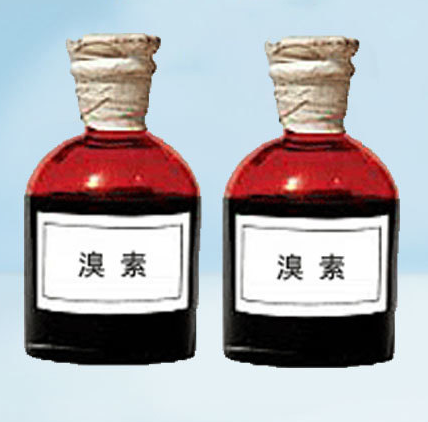
Product Name: Bromine
Chemical Formula: Br₂
Appearance:
Bromine is the only non-metallic element that exists as a liquid at room temperature. It is a deep red-brown liquid with a strong, suffocating odor.
Physical and Chemical Properties:
- Melting Point: -7.2°C
- Boiling Point: 58.78°C
- Relative Density: 3.119 (at 20°C)
- Solubility: Slightly soluble in water (3.58g/100ml at 20°C); easily soluble in ethanol, ether, chloroform, carbon tetrachloride, kerosene, and carbon disulfide; also soluble in hydrochloric acid, hydrobromic acid, and bromide solutions.
- Reactivity: Bromine is volatile, highly reactive, and is a strong oxidizing agent. Although less reactive than chlorine, it can combine with most metals and non-metals.
- Toxicity: Highly toxic, corrosive to skin, and severely irritating to mucous membranes and the respiratory tract.
Source:
Bromine is primarily found as alkali metal bromides in seawater and is extracted from these bromides.
Main Applications:
Bromine is an essential industrial chemical widely used in:
- Flame Retardants: As a key raw material for producing brominated flame retardants, which significantly improve the fire resistance of plastics.
- Pharmaceuticals: Used in the production of sedatives like sodium bromide, potassium bromide, ammonium bromide, and calcium bromide, as well as intermediates for antibiotics (e.g., chloramphenicol, aureomycin) and vitamins.
- Oil and Gas Industry: Used to manufacture ethylene dibromide, an anti-knock agent that enhances gasoline performance.
- Photography: As an important component in photosensitive materials.
- Agriculture: Used for the production of fumigants, pesticides, and plant growth regulators.
- Other Uses: Also used in the synthesis of sodium bromate, potassium bromate, lithium bromide, hydrobromic acid, and various other inorganic chemicals.
Contact Information:
